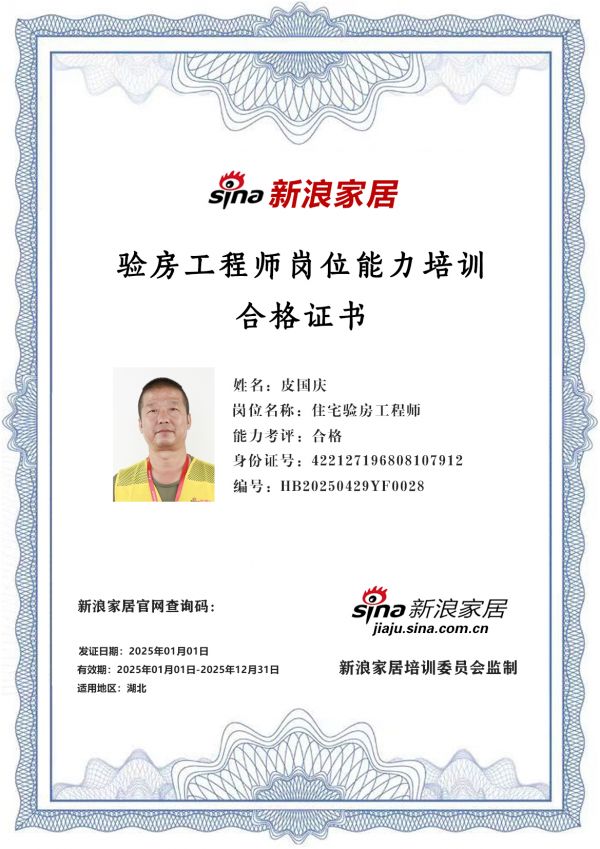SEO, or Search Engine Optimization, is crucial for enhancing your online visibility and driving targeted traffic to your website. One key aspect of SEO is optimizing the structure and content of your articles to align with search engine algorithms and user expectations.
Understanding User Search Intent
When crafting your content, it's essential to consider the keywords and phrases that potential readers might use when searching for your topic. These keywords should be naturally incorporated into your text, titles, and meta descriptions. For example, if you are writing about "home renovation tips," you would want to emphasize this term throughout your article.
Expanding Content for Value
Merely including keywords isn't enough. Your content should offer real value to your readers. This means providing comprehensive information, including details, examples, and practical advice. For instance, if your article is about "home renovation tips," you could include sections on budgeting, project management, and finding reliable contractors.
Optimizing HTML for SEO
Correct HTML formatting is another critical component of SEO optimization. It ensures that search engines can easily crawl and index your content. Here's an example of how to structure a section of your article with proper HTML tags:

By using the appropriate HTML tags, such as headings, paragraphs, and images with descriptive alt text, you make your content more accessible and appealing to both users and search engines.
In conclusion, SEO optimization is a multifaceted process that involves understanding user intent, providing valuable content, and ensuring proper HTML structure. By focusing on these elements, you can improve your chances of ranking higher in search engine results pages and attracting more organic traffic to your website.